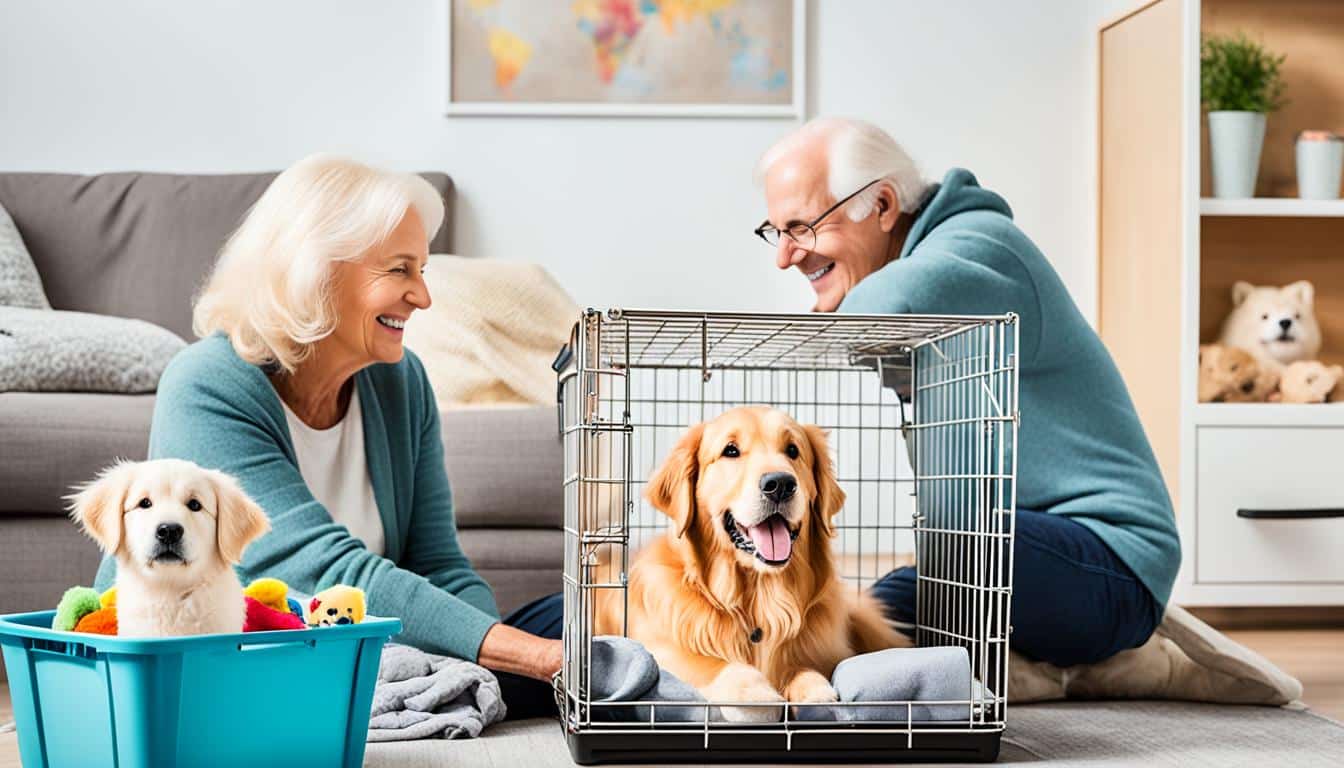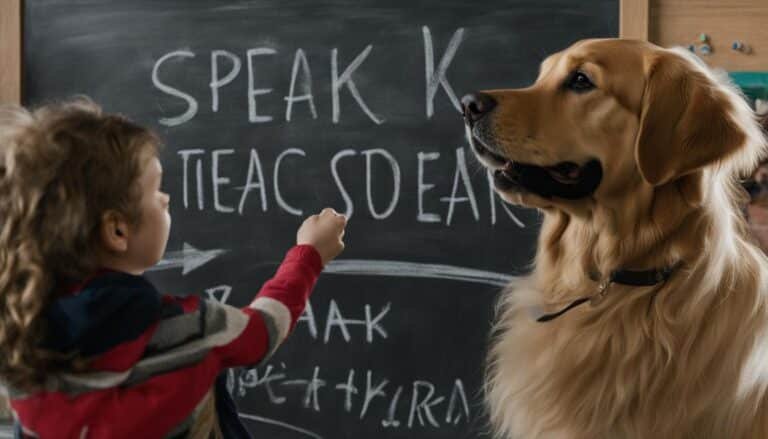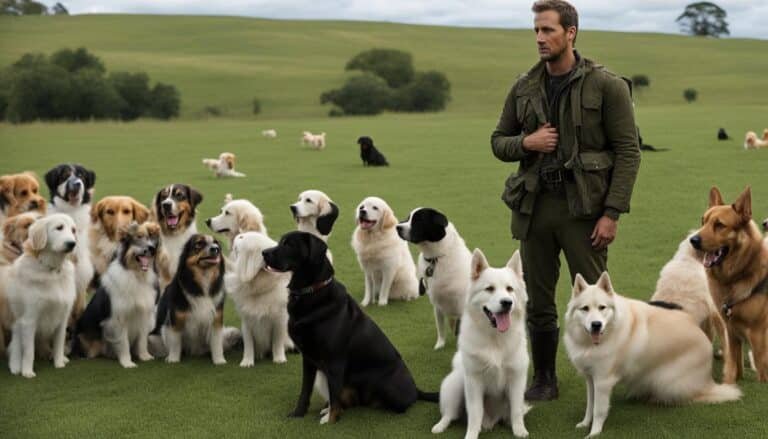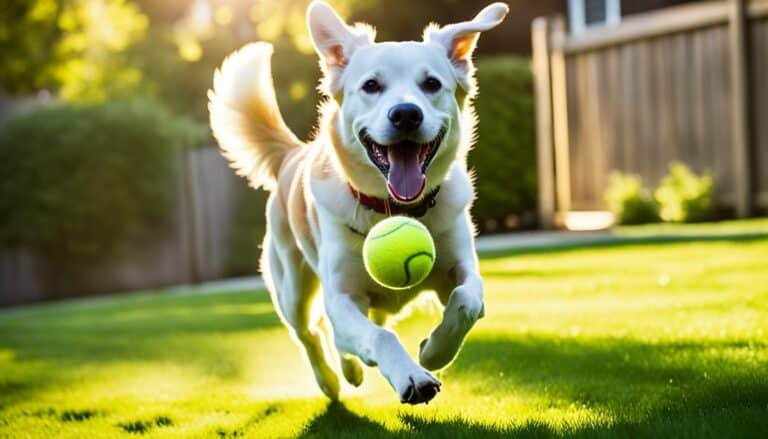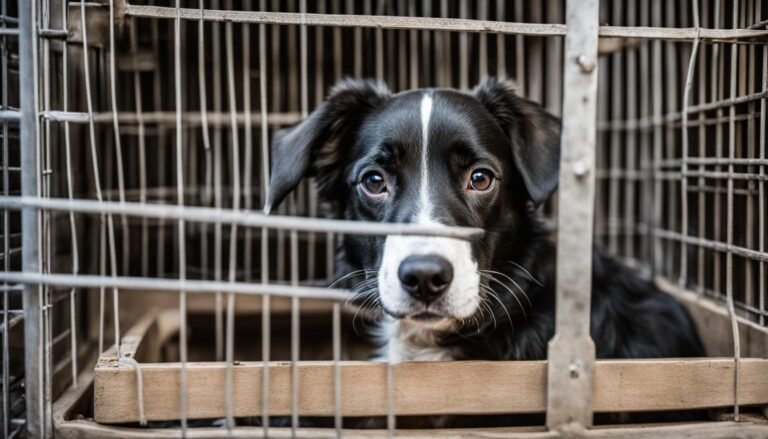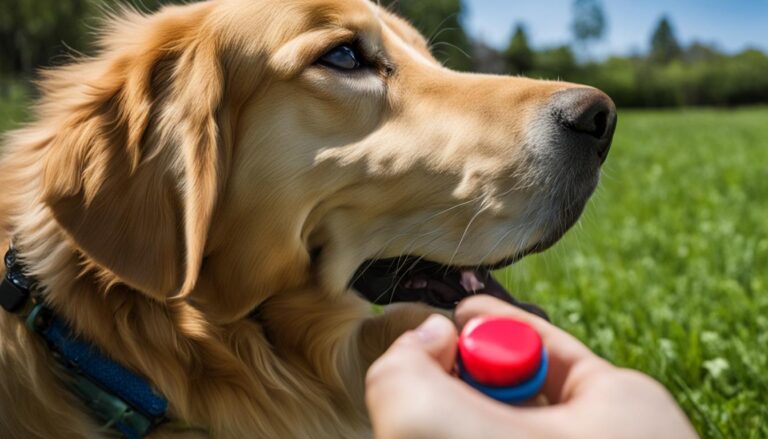Can You Crate Train an Older Dog?
Are you wondering if it’s possible to crate train an older dog? The answer is a resounding yes! Crate training is not just for puppies; it can be beneficial for adult and senior dogs as well. Whether you have a newly adopted older dog or want to address specific behavioral issues, crate training can provide a structured and comforting environment for your furry friend.
Crate training an older dog can serve several purposes. It can help with housetraining, making it easier for your dog to develop good bathroom habits. It can also be useful during travel, keeping your dog safe and secure in the crate while on the road. Additionally, crate training provides a familiar and calming space for your dog during vet and groomer visits. It can even become a cozy retreat at home, reducing anxiety during loud events or holidays.
So, if you’re ready to embark on the crate training journey with your older dog, we’ve got you covered. In this article, we’ll share some expert tips and step-by-step instructions to make the process smooth and successful. Let’s get started on crate training your older dog for a happier and more harmonious relationship!
Benefits of Crate Training for Older Dogs
Crate training older dogs can bring numerous benefits to both the dog and their owner. Whether you’re housetraining, traveling, visiting the vet or groomer, or simply creating a calm space at home, crate training can make a positive impact on your senior canine companion’s behavior and well-being.
One of the primary advantages of crate training for older dogs is its effectiveness in housetraining. By providing a designated space that they won’t want to soil, the crate helps reinforce good bathroom habits, making accidents less likely to occur. This is especially useful for senior dogs who may need to go outside more frequently or have less control over their bladder.
Additionally, crate training older dogs is beneficial when it comes to travel. Dogs can be safely secured in their crates while on the road, preventing distractions and potential accidents. It also gives them a familiar and secure space, reducing stress during the journey.
Another advantage of crate training is the comfort it provides during vet and groomer visits. Being familiar with the crate can help older dogs feel more at ease in potentially stressful situations. It serves as a safe haven, allowing them to relax and feel secure while receiving necessary care.
Moreover, crate training creates a calm and safe environment for older dogs at home. Events or holidays that may cause anxiety, such as thunderstorms or fireworks, can be overwhelming for senior dogs. Having a crate as a designated retreat can help them feel sheltered and secure during these challenging times.
Overall, crate training offers a range of benefits that can enhance the quality of life for older dogs. From aiding in housetraining and providing safety during travel to offering comfort at the vet and creating a peaceful haven at home, crate training is a valuable tool for nurturing the well-being and behavior of senior canine companions.
Supplies for Crate Training an Older Dog
To start crate training an older dog, you’ll need a few essential supplies. Here’s a list of items that will make the process smoother and more comfortable for your furry friend:
- A properly sized crate: Look for a crate that allows your dog to stand, turn around, and lie down comfortably. This will ensure that your dog has enough space without feeling cramped.
- Plenty of small treats: Treats are an important tool for positive reinforcement during training. Have a variety of small, tasty treats on hand to reward your dog for their progress and good behavior.
- Treat-dispensing toy or dog food bowl: A treat-dispensing toy or a well-fitted dog food bowl that can be placed inside the crate can provide additional mental stimulation and reward opportunities for your older dog while they’re in the crate.
- Crate mat or dog bed: Consider adding a crate mat or dog bed inside the crate to make it more comfortable for your older dog. Some dogs may prefer the plain floor of the crate, but others may appreciate the extra cushioning.
Having these supplies ready before you start crate training will help set your older dog up for success. Remember to choose high-quality, safe products that suit your dog’s needs and preferences.

Step-by-Step Instructions for Crate Training an Older Dog
Crate training an older dog can be a rewarding process that helps them feel secure and comfortable. Here’s a step-by-step guide to help you start crate training your older dog:
1. Choose the right location:
Find a quiet, peaceful area in your home where your dog can have their crate. Avoid placing it in high traffic areas or near loud noises that could cause stress.
2. Introduce the crate:
Place treats or a favorite toy inside the crate to entice your dog to explore it. Keep the door open and let them go in and out freely without closing it.

3. Create positive associations:
Once your dog is comfortable entering the crate, start closing the door for short periods while they’re inside. Reward them with treats and praise to create positive associations with being in the crate.
4. Gradually increase crate time:
Slowly increase the duration of time your dog spends in the crate with the door closed. Stay nearby and provide reassurance as needed. If your dog becomes anxious, go back to shorter periods and gradually build up again.
5. Step away from the crate:
Once your dog is comfortable spending longer periods in the crate, start stepping away from them. Begin with short distances and gradually increase the distance as your dog becomes more relaxed being alone in the crate.
6. Maintain a routine:
Consistency and routine are key when crate training an older dog. Stick to a regular schedule for crate time, feeding, and potty breaks to help your dog feel more secure and know what to expect.
7. Use positive reinforcement:
Continue to reward your dog with treats and praise every time they willingly enter the crate and remain calm inside. This will reinforce positive behavior and help them associate the crate with positive experiences.
Remember, every dog is unique, so be patient and adjust the training process to fit your dog’s needs and temperament. With time and consistency, your older dog can learn to love their crate and enjoy the benefits it provides.
Troubleshooting Tips for Crate Training an Older Dog
If you’re facing challenges while crate training your older dog, don’t worry! Here are some troubleshooting tips to help you out:
First and foremost, remember to plan regular potty breaks for your dog. Older dogs may have different bathroom needs, so it’s essential to give them frequent opportunities to relieve themselves. Avoid crating your dog for extended periods to prevent physical discomfort or accidents inside the crate.
Additionally, it’s crucial to maintain a positive association with the crate. Never use the crate as a form of punishment. Instead, focus on creating a positive and rewarding environment. Use treats and praise to encourage your dog to willingly enter the crate.
If you’re still experiencing difficulties, consider seeking advice from a professional dog trainer or behavior consultant. They can provide personalized guidance based on your dog’s specific needs and behaviors. Remember to be patient and positive throughout the crate training process. With time and consistency, your older dog can develop positive crate behavior and enjoy the benefits of their crate.
